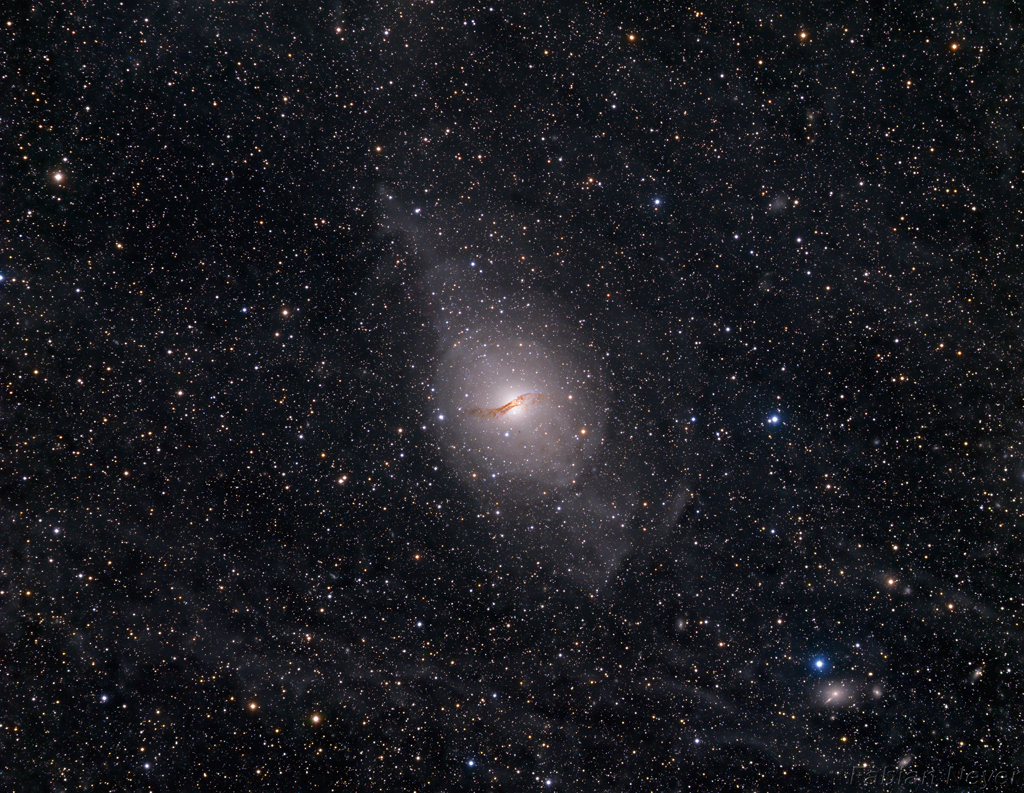
Energetic Event 'Burped' Billowing Plasma Bubbles 6 Million Years Ago
About 6 million years ago, when our very remote ancestors began to evolve away from chimpanzees, our Milky Way galaxy's hefty black hole was enjoying a sumptuous feast. It gulped down a huge clump of interstellar hydrogen.
Now, eons later, we see the result of the black hole feast. The black hole "burped" hot plasma that is now towering far above and below the plane of our galaxy. These invisible bubbles, weighing the equivalent of millions of suns, are called the Fermi Bubbles. Their energetic gamma-ray glow was first discovered in 2010 by NASA's Fermi Gamma-ray Space Telescope. (Enrico Fermi was an Italian physicist who created the world's first nuclear reactor.)
Astronomers have wondered how long ago the gaseous lobes were created, and if the process was slow or rapid. Hubble observations of the northern bubble have solved the question by determining a more precise age for the bubbles. Hubble was used to measure the speed of the gasses in the billowing bubbles, and astronomers could then calculate back to the time when they were born in a fast, energetic event.
via Hubble - News feed
http://hubblesite.org/news_release/news/2017-10
